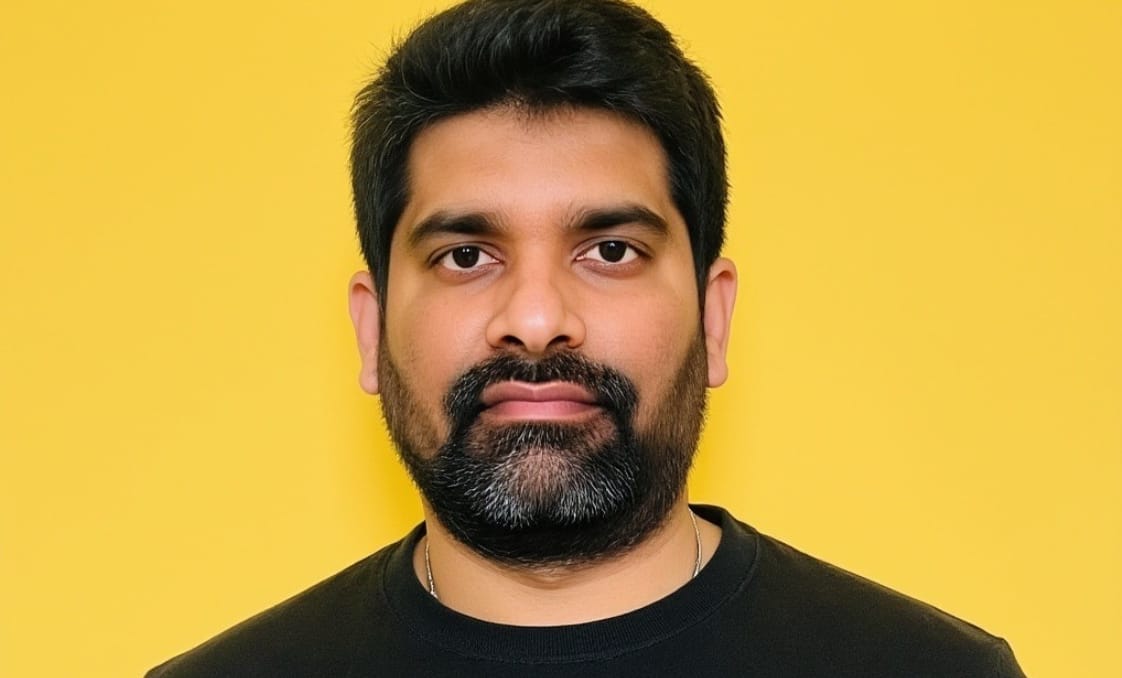As digital connectivity expands, telecom networks have become foundational to national economies and public safety. But with this critical role comes significant vulnerability. The industry faces a growing onslaught of cyber threats—sophisticated, persistent, and often unpredictable. In this environment, Venkata Bhardwaj Komaragiri, a seasoned expert in adaptive networking and AI, offers a compelling new perspective through his recent research titled “Enhancing Telecom Security Through Big Data Analytics and Cloud-Based Threat Intelligence”, The study explores how telecom providers can evolve from traditional security architectures to advanced, data-driven defenses by uniting the scalability of cloud computing with the analytical power of big data platforms.
Rethinking Telecom Security in the Age of Complexity
Modern telecom operators deliver services over general-purpose hardware, leaving them vulnerable to evolving threats. As Komaragiri notes in his paper, the attack surface has expanded, making it increasingly difficult to detect and mitigate unknown intrusions. Traditional tools, while capable against known attack vectors, struggle with novel or obfuscated threats.
The research argues for a transition toward intelligent, data-centric strategies. This shift includes deploying big data analytics to monitor system behaviors in real time and detect anomalies—patterns that might indicate malicious activity. “Understanding the unknown is more costly than dealing with known threats,” Komaragiri explains, highlighting the need for proactive defense strategies.
The Role of Big Data Analytics in Detection
Telecom networks produce massive volumes of operational data, from call records to signal strength logs. Komaragiri’s framework leverages this data through machine learning models that identify irregularities—such as spikes in call activity or deviations in signal authentication.
In one of the study’s case evaluations, anonymized log data from a telecom provider was processed to detect alarm surges indicative of potential threats. By cleaning and structuring this data into time-partitioned formats, the system could identify anomaly zones based on statistical thresholds. Such insights, derived from millions of records, form the foundation of a more predictive and resilient detection model.
Crucially, this analytics-based approach emphasizes detection without the need for human intervention, enabling faster responses across distributed networks.
Cloud-Based Threat Intelligence: Collaboration at Scale
Beyond data analysis, Komaragiri’s research focuses on collective intelligence. The proposed model envisions telecom operators forming secure data-sharing consortiums. Within this framework, anonymized logs and threat indicators are uploaded to a cloud-based intelligence platform, which correlates these with global threat patterns.
This collaborative model enables participating organizations to benefit from shared insights. A localized threat identified by one provider becomes a learning opportunity for others. The result is a distributed security shield—each node contributing to, and protected by, collective intelligence.
Importantly, the paper outlines privacy-preserving mechanisms, such as data anonymization and secure gateways, to ensure compliance and protect sensitive network details during inter-organizational exchange.
Real-Time Analytics and System Integration
The study also delves into implementation. Komaragiri proposes a multi-layered architecture, where on-premises appliances handle local data ingestion and preprocessing, and cloud services manage heavy analytics tasks. This dual structure ensures both agility and scalability.
Data from diverse network sources—such as sensors, alarms, and authentication logs—can be aggregated and cross-analyzed. In practice, this enables near-instant anomaly detection and issue triaging. Operators can respond to critical events before they escalate, minimizing service disruptions and customer impact.
Moreover, the use of descriptive and predictive models within the analytics lifecycle allows for continuous improvement. The system adapts over time, evolving its detection algorithms based on historical patterns and emerging threats.
Predictive Threat Modeling: Moving from Reactive to Proactive
Perhaps one of the most compelling aspects of Komaragiri’s research is its exploration of predictive threat modeling. Traditional approaches often respond to breaches after damage is done. By contrast, predictive models—trained on historical network logs—can estimate where and when vulnerabilities may surface.
Using probabilistic methods, the system models service interactions and flags those that deviate from expected patterns. This proactive stance helps telecom operators preempt risk and allocate resources more effectively.
Such modeling also enables prioritization. Instead of a flat response to every alarm, operators can identify which anomalies are more likely to lead to network compromise—ensuring that attention is focused where it matters most.
Addressing Operational and Strategic Risks
Komaragiri’s work does not ignore operational challenges. He acknowledges the complexities of cloud integration, including concerns around control, multi-tenancy risks, and data residency. His research proposes governance models that include clear service-level agreements, compliance tracking, and robust encryption at access points.
Importantly, the framework distinguishes between data hosting and data usage. While cloud platforms manage data storage and analytics, control remains with the telecom providers. This balance enables scalability without sacrificing operational integrity.
A Model for Industry-Wide Evolution
Rather than offering a one-size-fits-all solution, Komaragiri’s study presents a modular and adaptable framework. It emphasizes the importance of collaborative intelligence, context-aware anomaly detection, and hybrid cloud integration. These principles can be tailored to fit providers of varying size and technical maturity.
The proposed architecture is designed to grow with the network. As more devices and services connect, and as 5G infrastructure evolves, the need for scalable, intelligent security becomes even more pressing. Komaragiri’s research offers a roadmap to meet this demand—not through reactive patchwork, but through foresight, data, and shared knowledge.
Final Reflections
In an era where digital communication defines economic stability and public safety, safeguarding telecom networks is no longer optional. Venkata Bhardwaj Komaragiri’s research is a thoughtful contribution to this critical conversation, combining academic rigor with real-world applicability. His framework underscores a vital message: that in the face of emerging cyber threats, resilience lies in intelligence—collective, predictive, and data-driven.





























